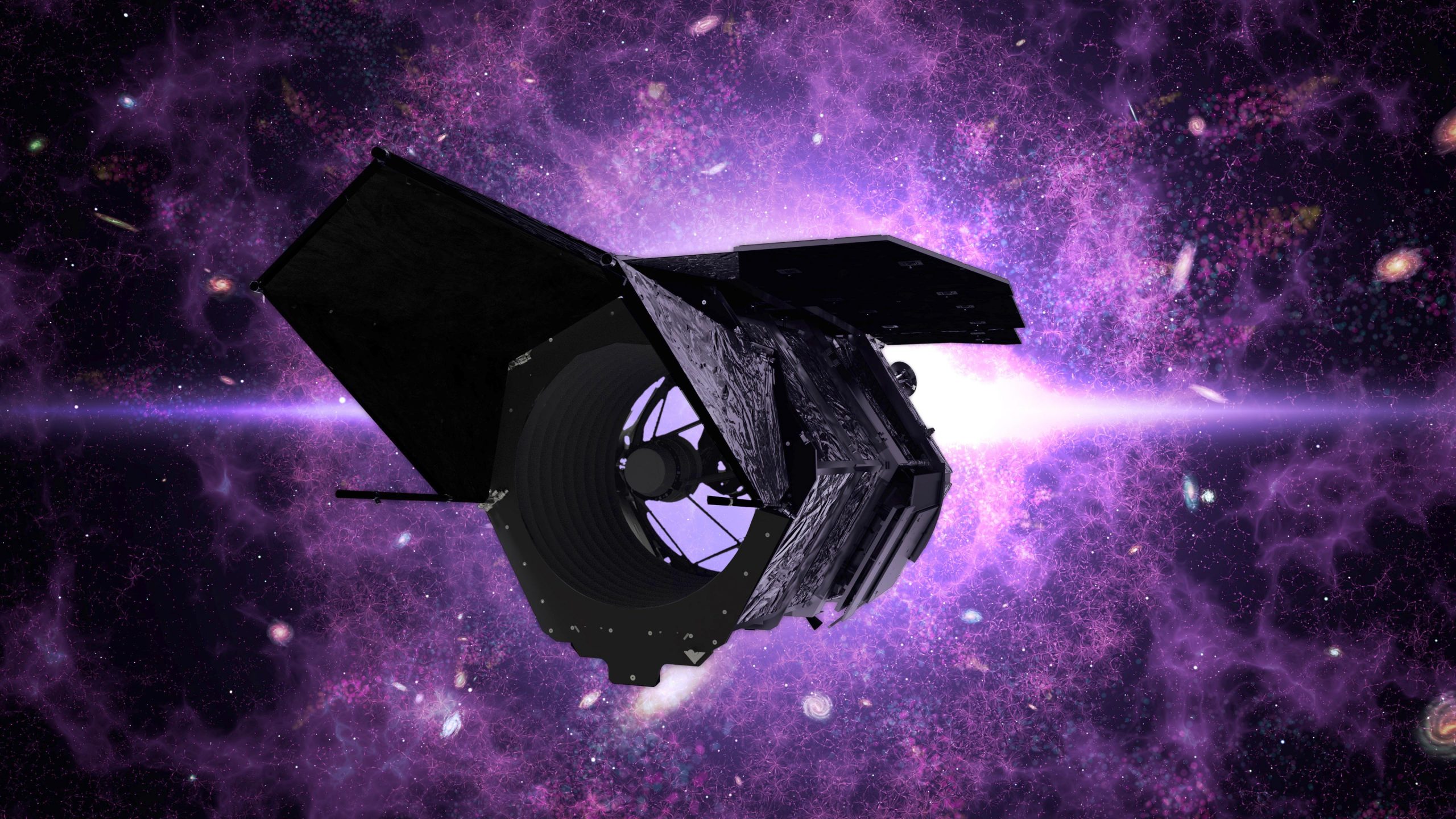
This Hubble observation transformed our view of the early universe, revealing galaxies that formed just a few hundred million years after the big bang.
“Our study helps demonstrate what a Roman ultra-deep field could tell us about the universe, while providing a tool for the scientific community to extract the most value from such a program.”.
By capturing the Hubble Ultra Deep Field image, astronomers pulled aside the cosmic curtains to reveal that a tiny, seemingly empty slice of the sky was actually teeming with thousands of galaxies, each containing billions of stars.This synthetic image visualizes what a Roman ultra-deep field could look like.The image, which contains more than 10 million galaxies, was constructed from a simulation that produced a realistic distribution of the galaxies in the universe.
Such distant galaxies are extremely faint, so Roman would have to stare at one spot in space for several days to collect enough light from them.
The large area Roman will observe will also show differences in galaxy properties based on their surrounding environment, allowing astronomers to better understand how early galaxies formed.
Hubble’s Ultra Deep Field offers an incredible window to the early universe, but an extremely narrow one, covering less than one ten millionth of the whole sky.While a Roman ultra-deep field would be just as sharp as Hubble’s and peer equally far back in time, it could reveal an area 300 times larger, offering a much broader view of cosmic ecosystems.
Roman could give us 100 connected puzzle pieces, offering a much better picture of what the early universe was like and opening up new scientific opportunities.”.
To generate their simulated Roman ultra-deep field image, Drakos and co-authors created a synthetic catalog of galaxies, complete with detailed information about each one.This video demonstrates how Roman could expand on Hubble’s iconic Ultra Deep Field image.
Drakos and co-authors show that a Roman ultra-deep field program could reveal more than a million galaxies scattered throughout cosmic history, from very young and small galaxies just beginning to form stars to the modern era, which features many massive, often relatively inactive galaxies.Hubble’s Ultra Deep Field image, first unveiled in 2004 with additional observations in subsequent years, revealed thousands of galaxies stretching back to within a few hundred million years of the big bang.A Roman ultra-deep field would offer a detailed view of the environments surrounding galaxies in different stages of development, providing clues about how they evolve.
Drakos and co-authors showed that Roman’s ability to image large patches of the distant universe and reveal both rare and faint objects could help astronomers find as many as 100,000 quiescent galaxies, likely including some of the farthest ones ever discovered.Astronomers could also use Roman ultra-deep field observations to determine whether galaxies transition from star-forming to quiescent differently in different cosmic eras.
A Roman ultra-deep field program could advance our understanding of the epoch of reionization by revealing wide images containing more than 10,000 galaxies from this relatively brief cosmic age, which happened sometime between when the universe was around 600 million to 900 million years old, and a detailed view of the environments around these galaxies.By creating an ultra-deep field image, Roman could help astronomers better understand this connection.
Now, Roman offers us the opportunity to observe thousands of the first galaxies that appeared in the very early universe!”
